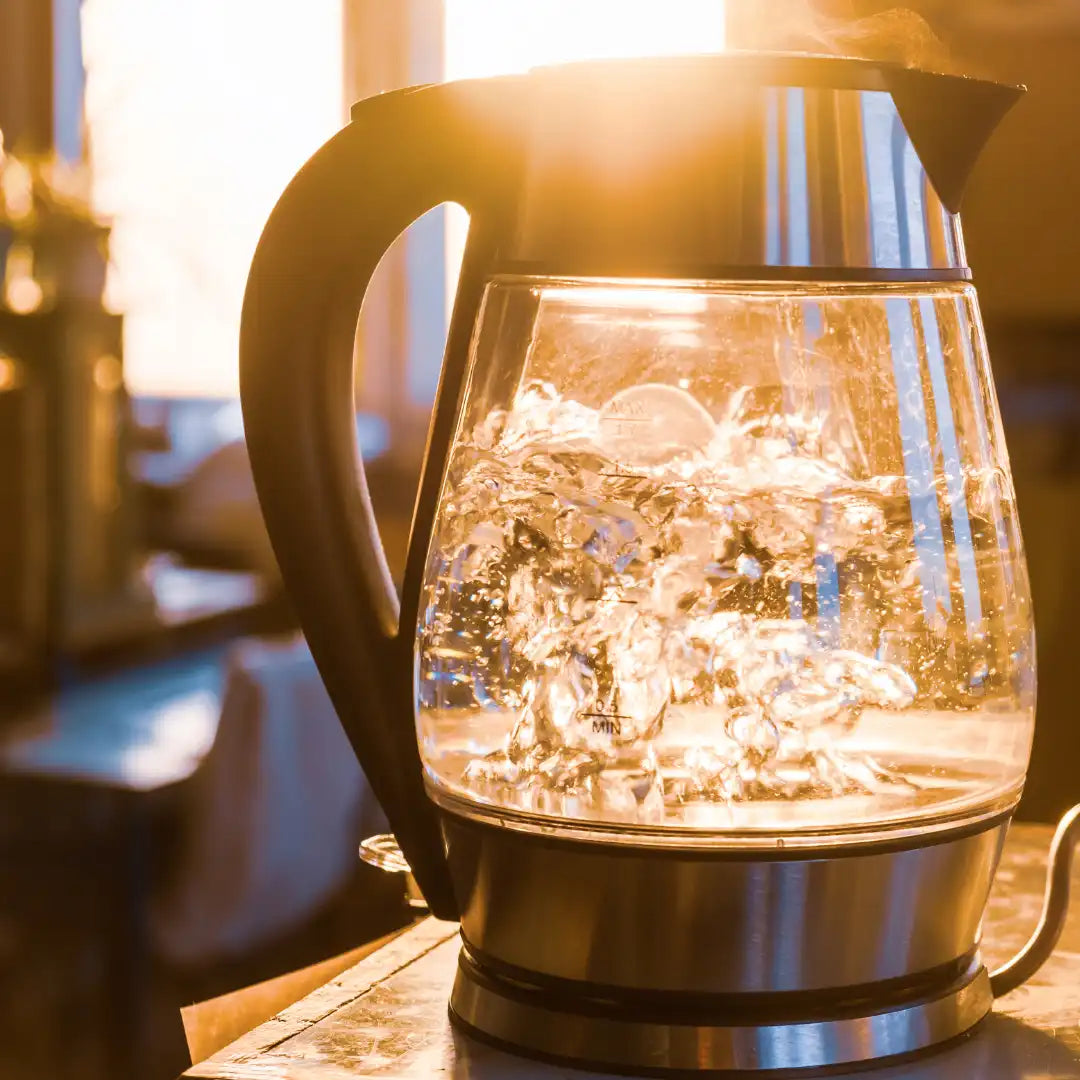How to Brew Pu Erh (Aged Tea)
Learn how to brew pu erh and other aged teas in both traditional clay teapots and larger, Western-style teapots and mugs.
How to Brew
Named for its green color when brewed, green tea is made from non-oxidized camellia sinensis leaves and has a fresh, vegetal flavor profile. While green teas may be produced in many areas of the world, China and Japan are the two most famous producers of green teas. Chinese green teas have a characteristic nutty taste due to the panning process used to halt natural oxidation after the leaves are plucked. Japanese green teas, in contrast, are steamed to stop oxidation and therefore often taste more of saline and fresh spring greens.
Everyone's palate is slightly different, so we recommend experimenting with your green teas to determine the brewing method that you like best. That said, we are going to share some general brewing best practices for making green tea and discuss how you can tweak them to better suit your individual palate!
- Amount of tea
- Water (temperature and amount)
- Time
As a general rule of thumb, a high ratio of water to tea means a longer steep time, while a lower ratio of water to tea means a shorter steep time. Within these very generalized guidelines you will find your perfect cup of tea. There is no right or wrong way to brew tea, as long as you're enjoying the results!
How to Brew Green Tea
*Using teaspoons instead of grams to measure your tea: Volume is an imperfect measure for tea because not all tea leaves are shaped the same. For this reason, we use weight at our Tea Bar to maintain consistency from cup to cup. To illustrate, Sencha Sumire is composed of very small, very fine leaves while our Long Jing Zehjiang has larger, flatter, and wider leaves. This means that much more of the smaller, denser Sencha will fit in one teaspoon than Long Jing. If you are using a teaspoon to measure your tea, always keep the density of the tea leaves in mind and adjust accordingly! As a general rule, though, a regular 8 ounce mug will use about one perfect teaspoon of tea!
How to Brew Green Tea
How to Brew Green Tea
How to Brew Green Tea

In all honesty, no, you should not use boiling water to make green tea. We've said a lot here about how tea is never wrong as long as it tastes good to you, but using lower temperature water for green teas is the hill we just might die on.
Have you ever sipped your cup of green tea and wondered why it's so bitter even though you didn't steep it very long? It's probably because the water you used was too hot. Green teas (especially Japanese green teas) are very sensitive to water temperature. In essence, using boiling water on green tea leaves "burns" the leaves, extracting all of the tannin and leaving you with a bitter cup with little aroma or nuance.
If you don't have a variable temperature kettle, not to worry! You can use a candy or meat thermometer and add cool water until your water gets to the correct temperature. Alternately, you can keep an eye on the water as it heats and pull it off just before the tiny bubbles start to leave the bottom of the pot. (This water will be about 170° F.)

How much tea you need is very dependent on the amount of water you're using and the length of your steep. If you're using a teaspoon or other volume measure, keep an eye on leaf volume versus weight, then make sure to adjust how much tea you are using based on the leaf size and shape. For this one, we will revert back to: if it tastes right, it's right!
Green tea generally has between 27 and 50 mg of caffeine per cup (about half the amount found in a cup of coffee). But because of the way the caffeine molecule in green tea binds with its polyphenols, you will likely experience the caffeine in green tea as more stable and sustained - like a time-release capsule!
From $ 2.60
From $ 3.50
From $ 3.30
$ 12.50
Learn how to brew pu erh and other aged teas in both traditional clay teapots and larger, Western-style teapots and mugs.
Learn how to brew all your favorite fruit and floral teas like Sweet White Peach or Fair Trade Earl Grey!
Learn how to brew herbal tisanes (a.k.a. herbal tea) in this guide to hot and iced, caffeine-free herbal teas!
Learn how to brew white tea - and why this tea isn't as delicate as you might think!